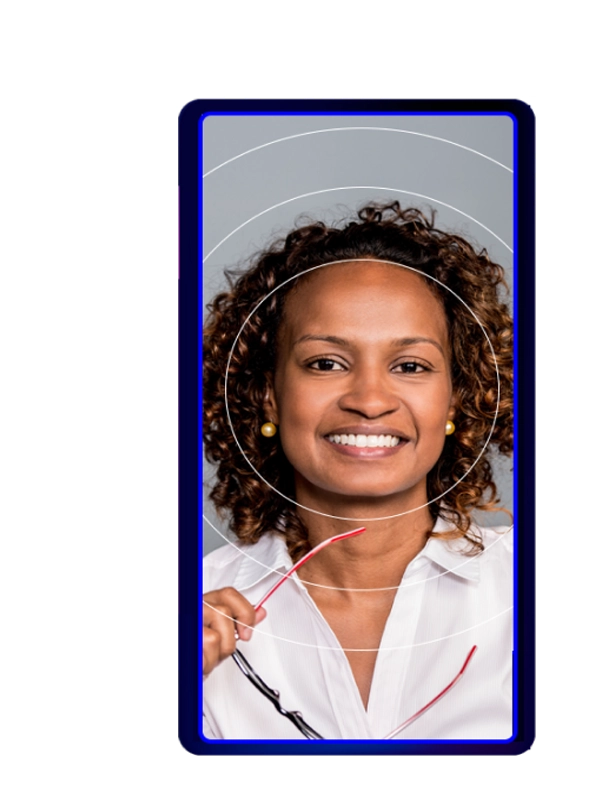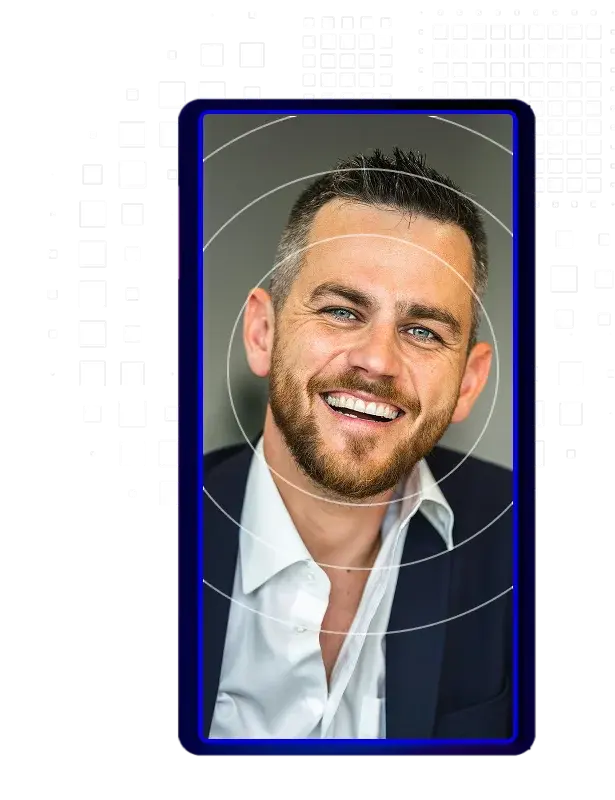The Business Challenge
Frontline workers frequently use shared devices and operate in fast-paced, high-security environments where traditional password management is impractical, especially during traffic peaks and shift changes when productivity is key. They are also frequently targeted by phishing and credential theft attacks.
1Kosmos provides frontline workers secure, seamless access to both digital and physical resources, enhancing workplace efficiency and employee satisfaction while lowering operational costs. Our passwordless authentication solution utilizes advanced biometrics and offers various authentication modalities to enable secure, frictionless access without the need for traditional passwords or usernames.
The 1Kosmos platform readily integrates with existing human resource, single sign on, and access control systems, supporting automated onboarding, offboarding and self-service account recovery. This reduces IT support demands and ensures compliance through an immutable log of all access and change events.
The 1Kosmos Advantage
Implement a Single Multi-Factor Authentication Platform
For convenient physical access and authentication into workstations, applications and environments, the 1Kosmos platform offers several modalities for identity based authentication.
For example, frontline workers can utilize their trusted mobile device or use a browser-based journey for login and step-up authentication.
- Identity based facial biometric (LiveID)
- Device biometrics such as TouchID and FaceID
- Time-based One-Time Password (TOTP)
- One-Time Password (OTP) and Offline Access OTP
- SMS and eMail
- Push notification
- FIDO2 tokens
- U2F – Universal second factors such as Universal Serial Bus (USB) and near-field communication (NFC)
The 1Kosmos platform is flexible and customizable, so you’ll be able to find the best adaptive authentication method that meets the unique needs of different types of users from retail associates to contact center agents.
Build Secure Non-Phishable Authentication Through Verified Identity
LiveID is an advanced biometric authentication solution that delivers high identity assurance for frictionless physical and digital access.
Unlike device-level face ID, LiveID uses verified biometrics to prevent spoofing. It analyzes image texture and reflections, examines surface characteristics such as reflections on the face and monitors facial movements using passive liveness tests to detect anomalies.
With LiveID, a “live selfie” is compared to the image obtained during a one-time registration process, ensuring a strong match and increasing confidence in the user’s identity.
In addition to physical and digital access, LiveID also supports additional security use cases such as password resets and account recovery, ensuring that only legitimate, verified users can gain access.
Add Strong Identity to SSO and Expand Passwordless Access
1Kosmos delivers high-assurance identity verification and passwordless multi-factor authentication (MFA) for Okta, Entra ID, Amazon Cognito, and other SSO environments. A wide range of identity proofing and authentication methods enhance both security and user convenience.
Organizations use 1Kosmos to:
- Detect stolen or synthetic identities during hiring.
- Prevent social engineering attacks on IT support desks during account recovery.
- Support passwordless MFA for custom apps/applications, older Windows OS versions, and network devices such as routers, switches, and firewalls.
With over 50 out-of-the-box integrations, plus an SDK and flexible API framework, 1Kosmos can be quickly configured to support any application, mobile app, system, or environment—delivering high-assurance authentication and a seamless user experience.
Support Legacy Systems with Built In Password Reset
Some passwordless systems provide biometric authentication but not much more … no identity verification, no support for legacy applications that can’t go passwordless, and limited support for a particular operating system with no backward compatibility for prior OS levels.
The platform comes with several convenient features, such as password reset for legacy or incompatible business applications. The password reset feature utilizes user biometrics to ensure the validity of the request.
1Kosmos also integrates via industry authentication standards such as OAuth, OIDC, SAML, and FIDO. It also offers legacy support via RADIUS and supports interoperability across Windows, Office365, Mac, iOS, Android, Linux, and Unix operating systems.
Simplify Physical Access and Time Clocking
1Kosmos supports physical access management and other event-based systems such as clock in/clock out, enabling organizations to secure both digital and in-person authentication without complex customizations.
Users can authenticate using their trusted mobile device, leveraging biometrics such as LiveID facial recognition, device-based fingerprints, or FIDO2 security tokens. This approach ensures that every authentication event is tied to a real, verified identity, meeting high assurance standards for security-sensitive environments.
For environments where mobile devices are restricted, such as call centers or secure facilities, 1Kosmos offers the 1Key physical security token. This innovative device supports passwordless multi-factor authentication for an unlimited number of users per workstation, with options for biometric fingerprint readers. The “register once, use anywhere” model allows users to access any authorized area or workstation using their biometrics, reducing hardware costs and eliminating the need for individual access cards or passwords.



